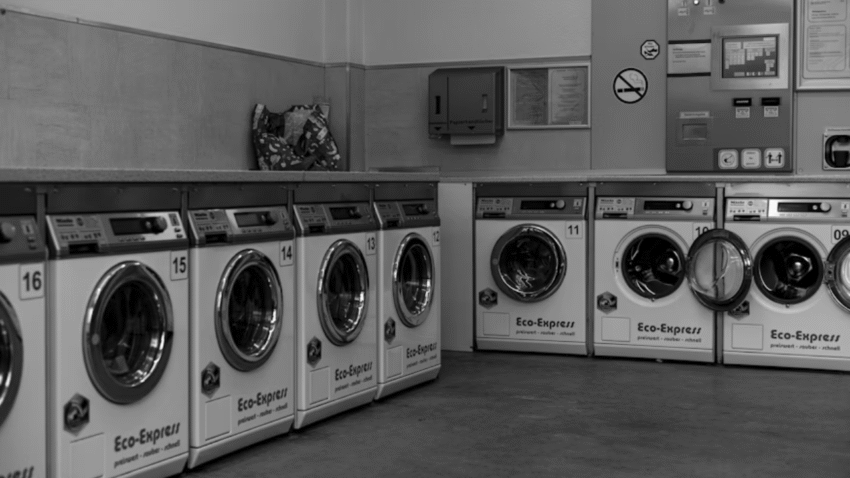Introduction
Is your dryer running for what feels like forever, yet clothes are still coming out damp? Learning how to fix a dryer that takes too long to dry clothes can save you time, energy, and frustration. In many cases, the problem isn’t serious—just a matter of cleaning, adjusting, or replacing a simple part. With the right steps, you can restore your dryer’s performance and cut drying time significantly.
Why a Dryer May Take Too Long to Dry
A dryer works by circulating hot air through clothes and removing moisture through ventilation. If any part of this process is disrupted—whether by lint buildup, airflow restrictions, or mechanical issues—drying times can increase dramatically.
Common causes include:
- A clogged lint trap or vent hose
- Overloading the drum
- A faulty heating element or thermostat
- Poor airflow due to a blocked exterior vent
- Excess moisture in clothes from a washer that isn’t spinning properly
A slow dryer isn’t just inconvenient—it uses more energy and increases your electricity bill.
Step-by-Step Guide to Fixing a Dryer That Takes Too Long to Dry Clothes
1. Clean the Lint Trap After Every Load
What to do:
- Remove lint from the screen before or after every drying cycle.
- Wash the lint screen with warm, soapy water once a month to remove fabric softener residue.
Why it works:
A clogged lint trap reduces airflow, forcing the dryer to work harder and longer.
2. Check the Dryer Vent Hose for Blockages
What to do:
- Unplug the dryer and pull it away from the wall.
- Disconnect the vent hose and inspect it for lint buildup, kinks, or damage.
- Use a vacuum or vent brush to clean it thoroughly.
Why it works:
Restricted airflow in the vent hose traps moisture inside the dryer, slowing the drying process.
3. Inspect the Exterior Vent
What to do:
- Go outside and locate the dryer vent cover.
- Make sure it opens fully when the dryer is running and is free of lint, debris, or bird nests.
Why it works:
If the vent can’t release moist air properly, the dryer won’t be able to dry clothes efficiently.
4. Avoid Overloading the Dryer
What to do:
- Dry medium-sized loads instead of stuffing the drum full.
- Leave enough space for clothes to tumble freely.
Why it works:
Air needs room to circulate between fabrics. Overloading traps moisture and makes drying take longer.
5. Check the Heating Element
What to do:
- If the dryer is running but not producing enough heat, unplug it and remove the back panel.
- Inspect the heating element for breaks or burns. Replace if damaged.
Why it works:
Without sufficient heat, the dryer will run endlessly without effectively removing moisture.
6. Test the Moisture Sensor
What to do:
- Locate the sensor (usually inside the drum near the lint screen).
- Clean it with a cloth dipped in white vinegar to remove buildup.
Why it works:
A dirty moisture sensor can send incorrect signals, causing the dryer to stop too soon or extend cycles unnecessarily.
7. Make Sure the Washer Is Spinning Properly
What to do:
- If clothes come out of the washer soaking wet, troubleshoot the washer’s spin cycle first.
- Redistribute loads, check for drainage issues, or repair the drive belt if necessary.
Why it works:
If the washer leaves too much water in clothes, the dryer has to work harder to finish the job.
8. Use the Correct Dryer Settings
What to do:
- Match the setting to the fabric type—heavy items like towels need higher heat and longer cycles.
- Avoid using air-dry mode for thick fabrics unless you’re willing to wait longer.
Why it works:
Incorrect settings can make it seem like the dryer is underperforming when it’s actually working as programmed.
Common Mistakes to Avoid
Mistake 1: Neglecting the Vent System
Solution: Clean the vent hose and exterior vent every 3–6 months to maintain airflow.
Mistake 2: Mixing Heavy and Light Fabrics
Solution: Dry similar fabric types together for even drying times.
Mistake 3: Ignoring Strange Noises or Smells
Solution: Address unusual dryer behavior promptly to prevent bigger repairs.
Mistake 4: Using Fabric Softener Sheets Excessively
Solution: Limit usage and clean the lint trap regularly to avoid coating it with residue.
Mistake 5: Skipping Preventive Maintenance
Solution: Inspect hoses, vents, and heating components regularly to keep the dryer in peak condition.
Extra Laundry Tips & Hacks
- Install a dryer vent booster fan if your vent line is longer than 25 feet to improve airflow.
- Use dryer balls to separate clothes and speed up drying.
- Wash and dry large items separately to prevent tangled loads.
- Related guide: Check out our article on “How to Maintain a Washer and Dryer for Longer Life” for more appliance care tips.
Conclusion
A dryer that takes too long to dry clothes is often a sign of restricted airflow, overloading, or a heating problem. By cleaning the lint trap, inspecting the vent system, using the right settings, and ensuring your washer is working properly, you can get your dryer back to peak performance.
Bonus Tip: Mark your calendar for seasonal dryer maintenance—it’s the easiest way to prevent slow drying times and keep your laundry routine running smoothly.
Bookmark this guide to troubleshoot quickly the next time your dryer slows down.
